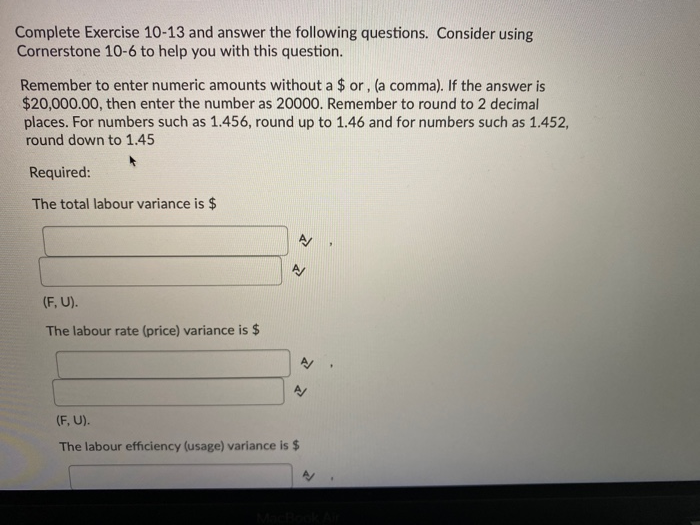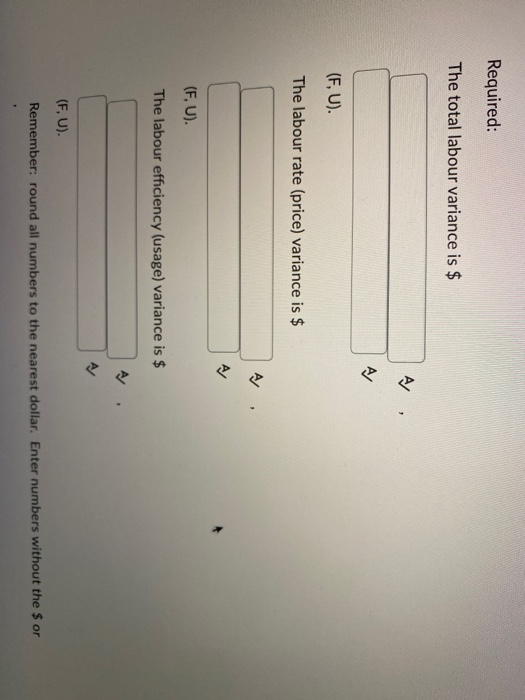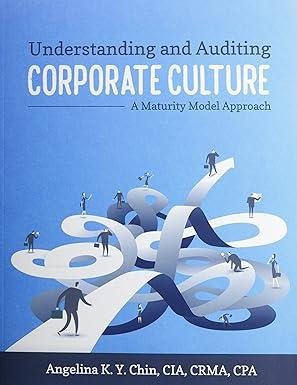formulas. Which technique to use is a matter of preference. The formulas are adapted to The labour rate variance (LRV) computes the difference between what was pado direct labourers and what should have been paid given the actual level of output LRV = CAR XAH) - (SRX AN) or, factoring LRV (AR- SR) X AH where AR - Actual hourly wage rate SR Standard hourly wage rate A = Actual direct labour hours used The labour efficiency variance (LEV) measures the difference between the lates hours that were actually used and the labour hours that should have been used: LEV-AHX SR) - (SH X SR) or, factoring: LEV = (AH-SH) X SR where AH = Actual direct labour hours used SH - Standard direct labour hours that should have been used SR - Standard hourly wage rate Cornerstone 10,6 shows how to calculate the labour rate and efficiency variances for the Crunchy Chips example (for inspection labour only), using both a columnar approud and a formula approach. CORNERSTONE 10.6 Calculating Labour Variances: Formula and Columnar Approaches Information: Unit standards are from Exhibit 10.3. The following are the actual results for the first week in March: Actual production Actual cost of inspection labour 48,500 bags of corn chips 360 hours @ $8.35 = $3.006 (Com lo OBJECTIVE S CORNERSTONE 10.6 Compute the materials usage variance. Exercise 10-13 Labour Variances Hobby Company produces sails for small recreational sailboats. During the year, 120,000 were produced. The actual labour used was 178,000 hours at $15.20 per hour. Hobby has the fi lowing labour standard: 1.5 hours at $14.80. Required: 1. Compute the labour rate variance. 2. Compute the labour efficiency variance. Complete Exercise 10-13 and answer the following questions. Consider using Cornerstone 10-6 to help you with this question. Remember to enter numeric amounts without a $ or, (a comma). If the answer is $20,000.00, then enter the number as 20000. Remember to round to 2 decimal places. For numbers such as 1.456, round up to 1.46 and for numbers such as 1.452, round down to 1.45 Required: The total labour variance is $ (F, U). The labour rate (price) variance is $ A/ (F, U). The labour efficiency (usage) variance is $ Required: The total labour variance is $ A (F, U). The labour rate (price) variance is $ (F, U). The labour efficiency (usage) variance is $ (F, U). Remember: round all numbers to the nearest dollar. Enter numbers without the $ or










